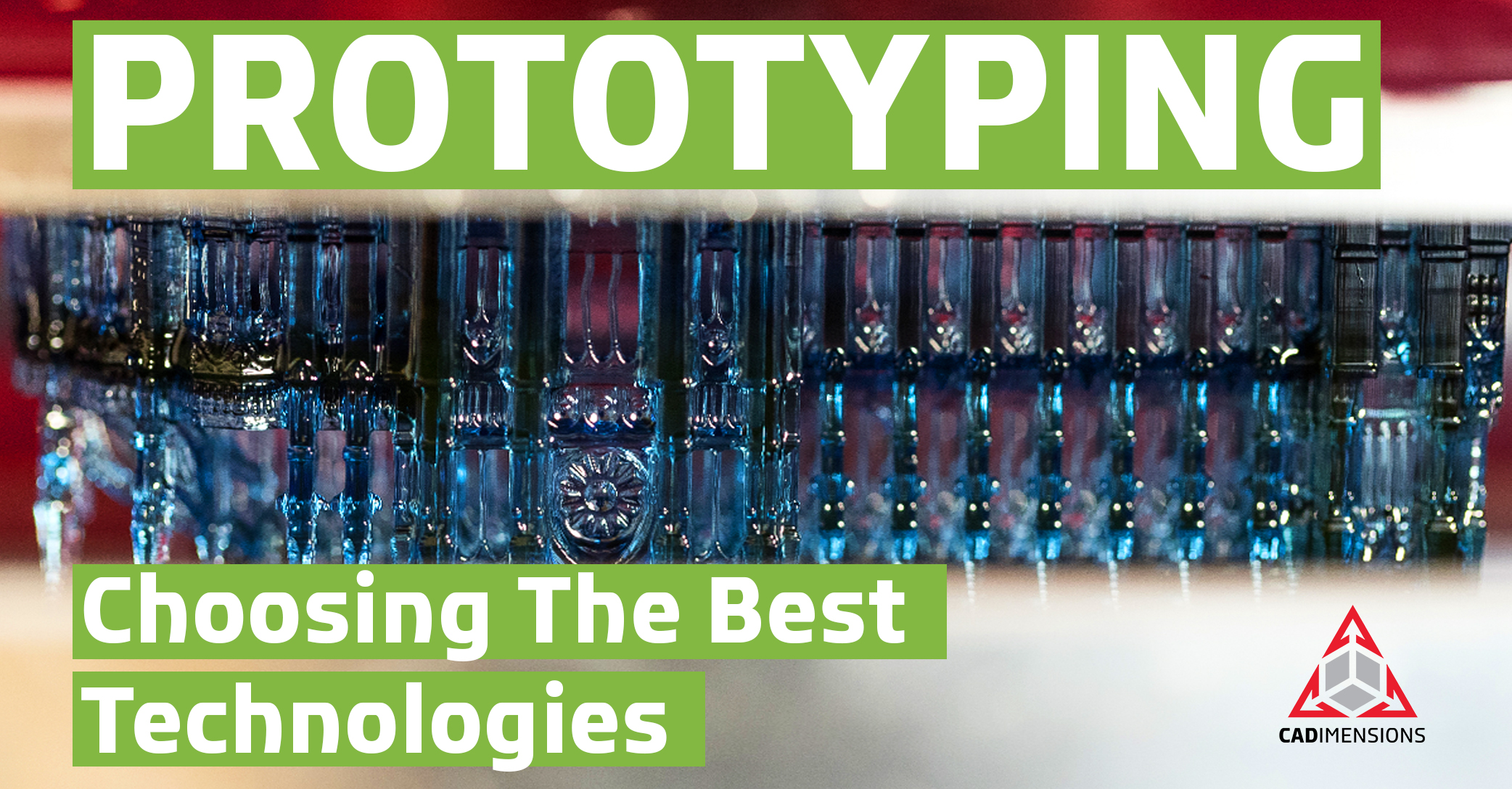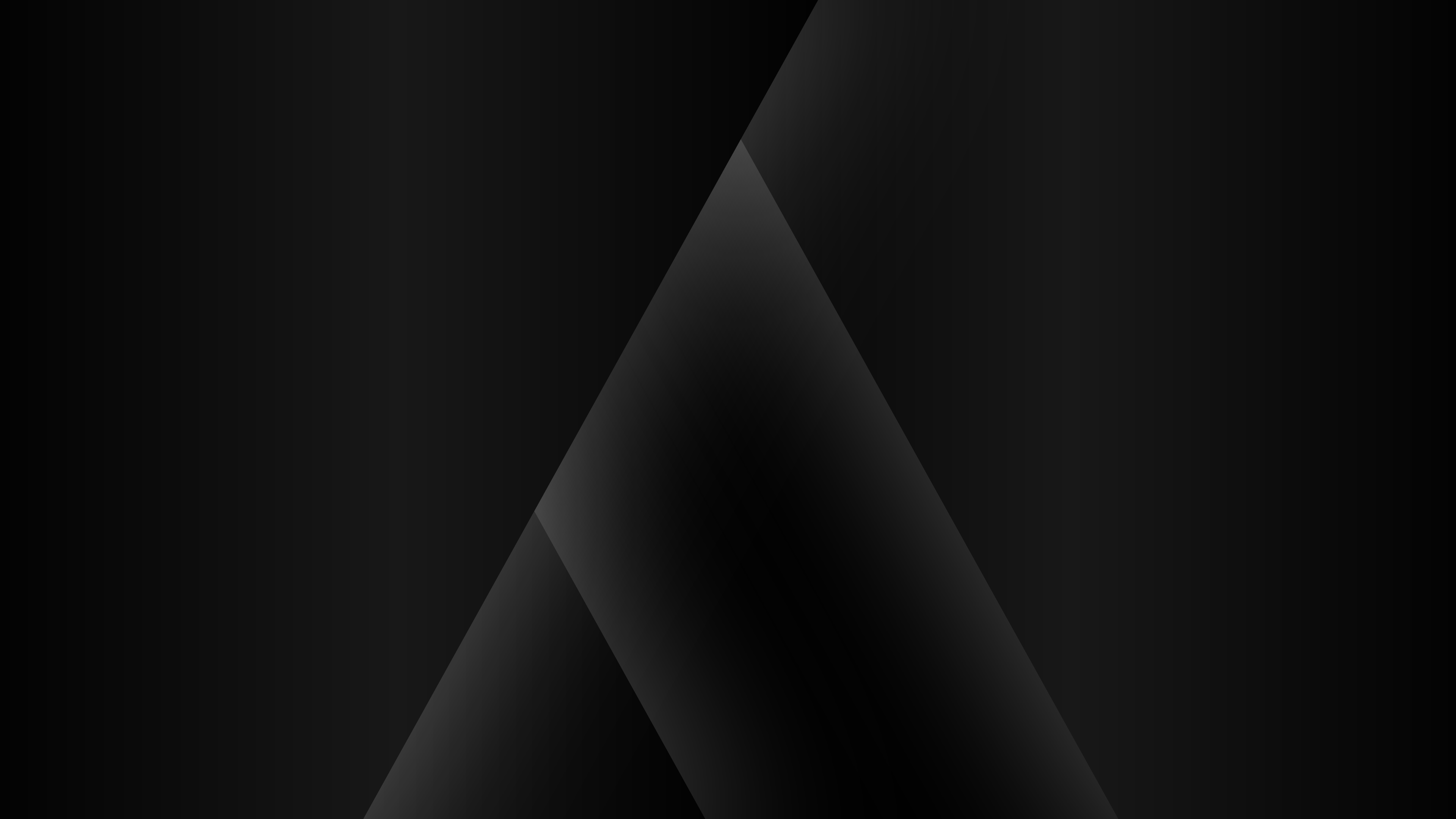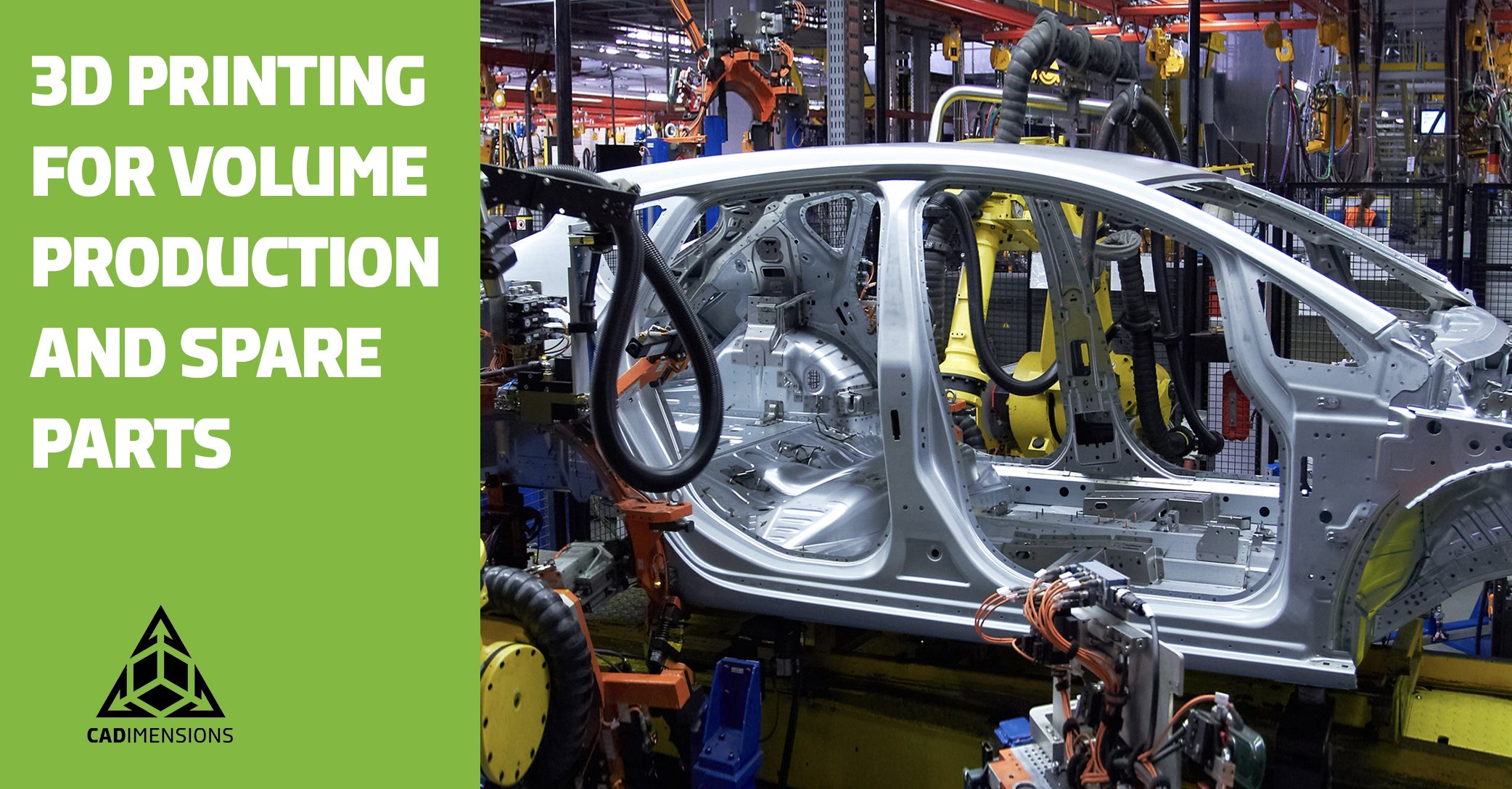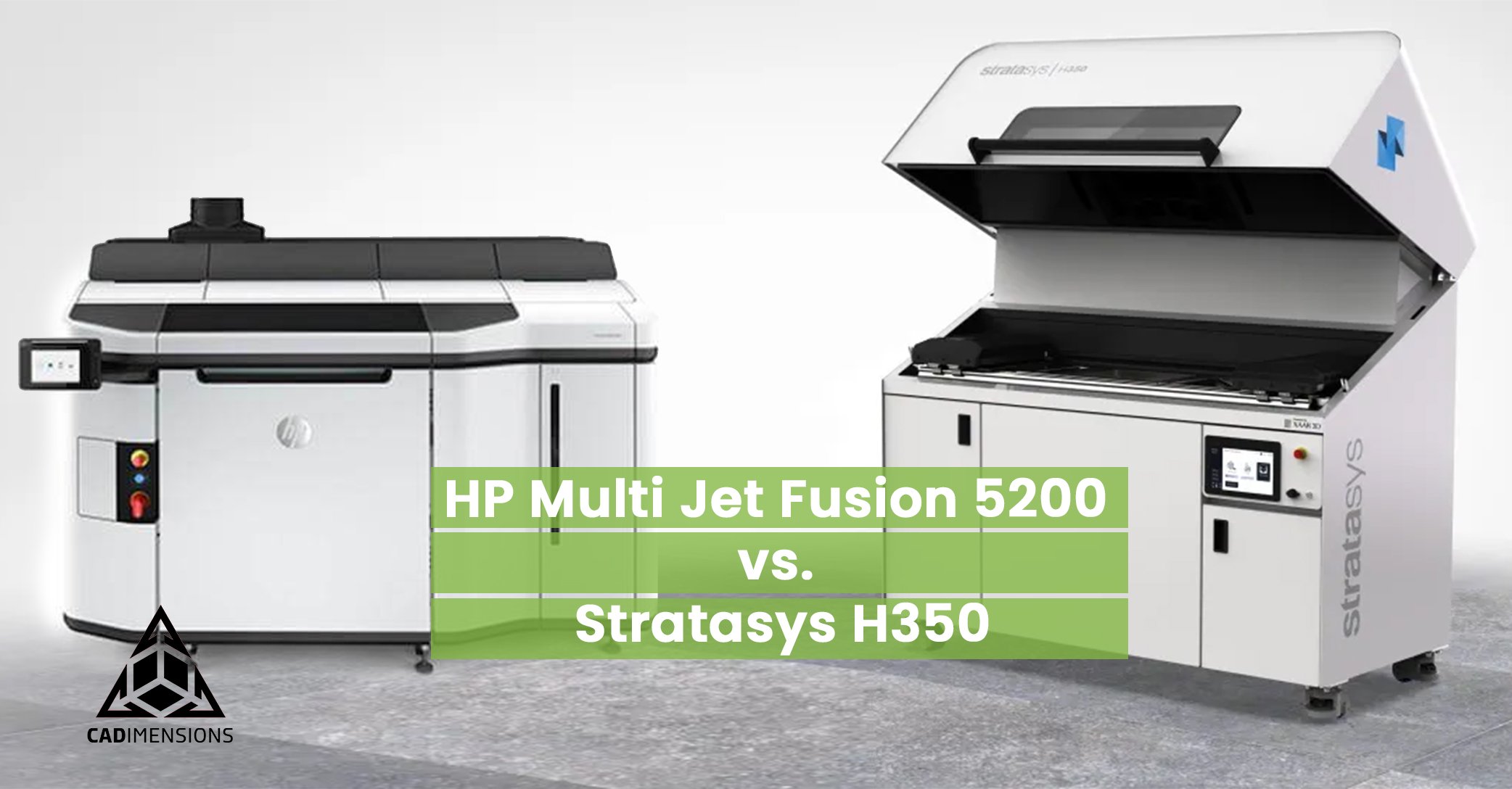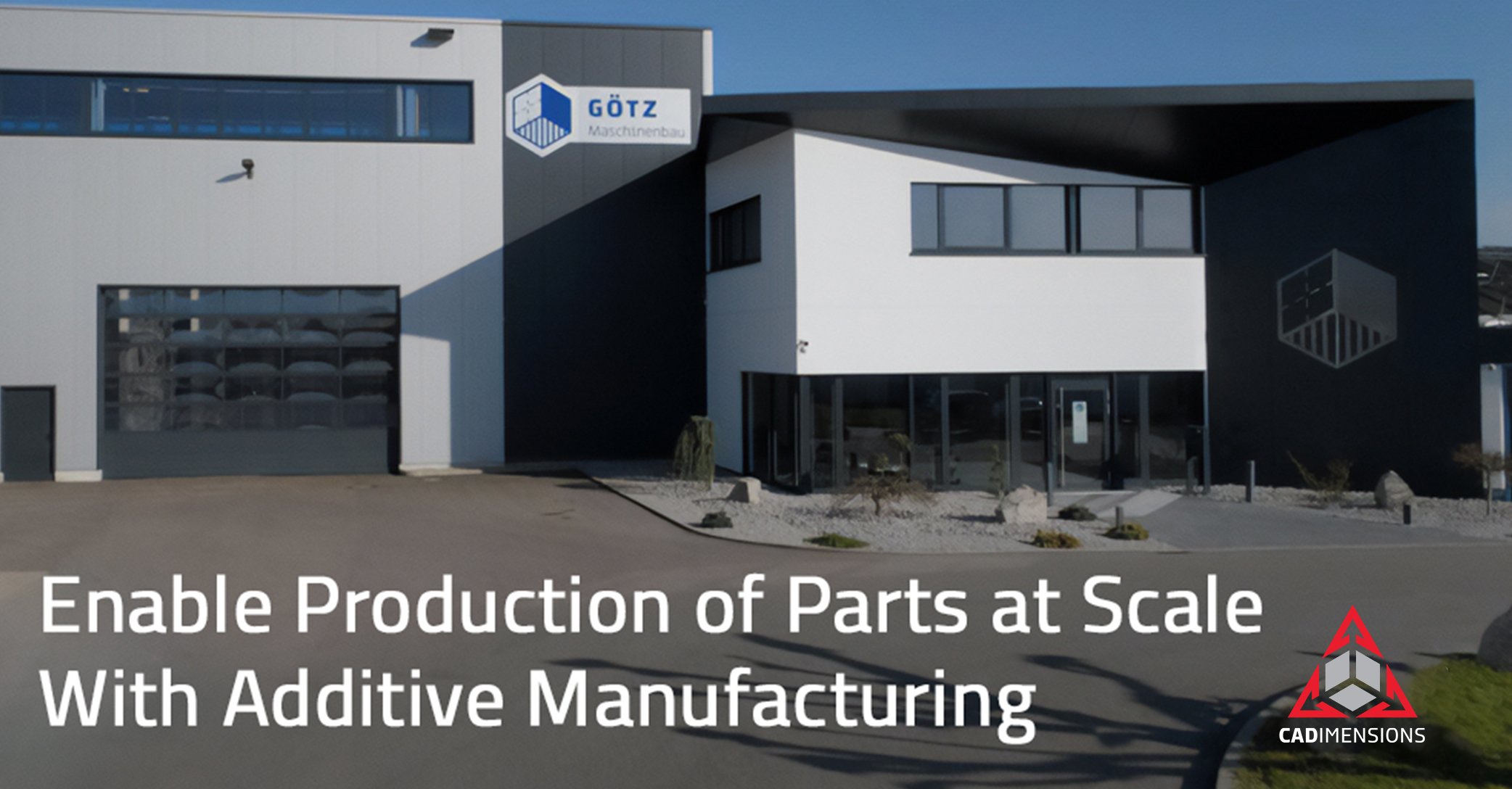A Rapid Prototyping Technology Comparison
Where to begin?
3D printing has been a game changer for companies that rely on physical prototypes to inform design decisions. In almost all cases, rapid prototyping technologies can offer:
- Faster than traditional manufacturing
- More cost-effective prototypes
- Fewer restrictions on creativity
Determining which 3D printing technology is best suited to help your prototyping goals, requires one great big caveat. Your product is going to be unique. The unfortunate news is there is no one solution anyone can recommend that will address all applications that may come up.
There is a sea of possibilities available and making sure you use the right technology is critical to being successful. Here are some best practices and guidelines that will get you started going in the right direction.
FDM for Prototypes
Fused deposition modeling is the most proven and most common rapid prototyping technology in the space. FDM has proven over many years that it has the flexibility to be easiest to work with, it has the most material options and the least design considerations for printing.
Powder-Bed-Fusion for Prototypes
Prototyping with powder-bed-fusion technology is most beneficial when you are also going to full-scale production and you need to verify properties before you do so. It’s among the fastest 3D printing technologies because you can nest groups of parts in a single cake.
PolyJet for Prototypes
Nothing will help you sell an idea better than an incredible prototype that looks indistinguishable from the real thing. PolyJet offers limitless capabilities for physical prototypes that are color perfect, soft where it needs to be, and a realistic representation of the concept.
DLP/SLA for Prototypes
Light curing technologies like DLP and SLA have a lot of advantages for creating high-function prototypes that are isotropic, durable, and easy to work with. DLP is capable of high throughput and uses the same materials you would use to go to production, so you’ll be able to gauge a working benchmark.
